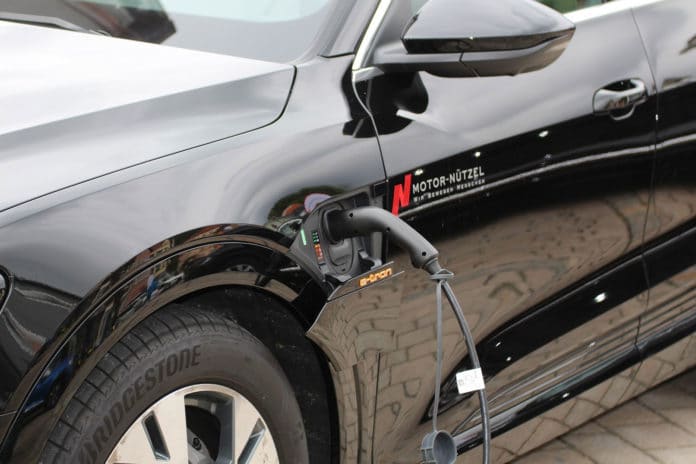Scientists at the University of Bristol have developed high-performance sodium and potassium ion batteries using sustainably sourced cellulose. They have come up with a novel controllable unidirectional ice-templating strategy that can tailor the electrochemical performances of next-generation post-lithium-ion batteries with sustainability and large-scale availability.
Currently, most of the battery technology relies on lithium-ion batteries.
Batteries have two electrodes and a separator called electrolyte between them. The electrolyte carries the charge. There are several problems associated with using lithium for these batteries—for example, build-up of the metal inside the devices can lead to short circuits and overheating.
Another issue associated with these batteries is they cannot be easily disposed of at end-of-life. Plus, they are quite expensive.
Scientists developed some new carbon electrode materials based on an ice-templating system in a new study. These materials are called aerogels, where cellulose nanocrystals are formed into a porous structure using ice crystals that are grown and then sublimated.
This leaves large channels that can carry the large sodium and potassium ions.
These new sodium and potassium ion batteries outperformed other comparable systems when tested.
Corresponding author, Steve Eichhorn, Professor of Materials Science and Engineering at the University of Bristol and a world-leader in cellulose-based technologies, said: “We were astounded with the performance of these new batteries. There is great potential to develop these further and produce larger scaled devices with the technology.”
Jing Wang, lead author and a Ph.D. student in the Bristol Composites Institute, said: “We proposed a novel controllable ice-templating strategy to fabricate low-cost cellulose nanocrystals/polyethylene oxide-derived carbon aerogels with hierarchically tailored and vertically-aligned channels as electrode materials, which can be utilized to well-tuning the rate capability and cycling stability of sodium and potassium ion batteries.”
“Benefiting from the renewability of the precursor and scalability at relatively low cost in the environmentally benign synthesis process, this work could offer an appealing route to promote large-scale applications of sustainable electric vehicles and large-scale energy storage grids shortly.”
Professor Eichhorn said: “In light of these findings, we now hope to collaborate with industries to develop this strategy on an industrial scale and to explore whether this unique technology can be easily extended to a variety of other energy storage systems such as zinc, calcium, aluminum, and magnesium-ion batteries, thus demonstrating its universal potential in next-generation energy storage systems.”
Journal Reference:
- Jing Wang et al. Ice-Templated, Sustainable Carbon Aerogels with Hierarchically Tailored Channels for Sodium- and Potassium-Ion Batteries. DOI: 10.1002/adfm.202110862
